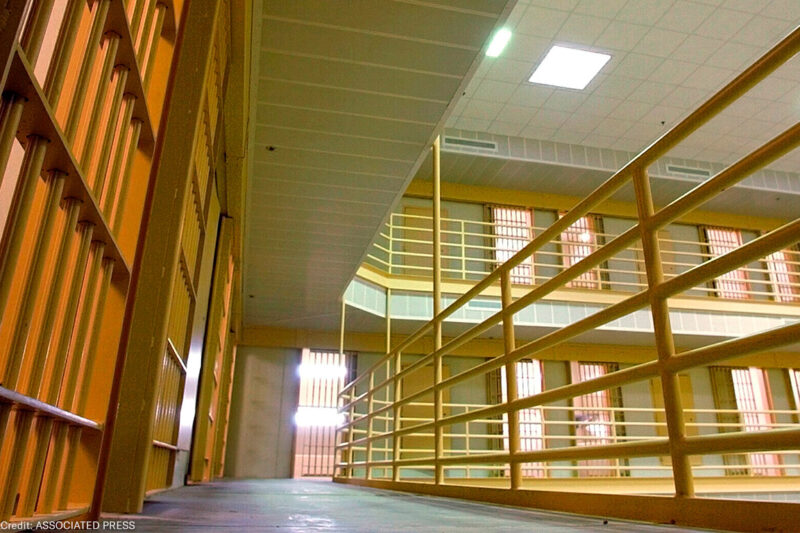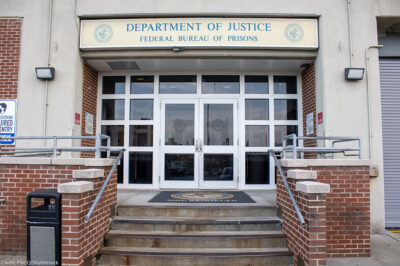
With legislative sessions winding down across the country, states have an opportunity to explore an often untapped resource for ending mass incarceration and addressing racism in the criminal justice system: the power of Governors.
The power of the executive presents significant and often untapped opportunities to shrink the jail and prison population. Unlike state legislation, policy decisions by a governor are less vulnerable to political infighting or trading. To address this problem, here are the top three ways a state’s governor should utilize their authority to end mass incarceration and address racism in the system.
First, clemency: We must shrink the incarcerated population system through pardons and commutations.
Governors have the ability to lessen the severity of criminal penalties, leading to early or immediate releases. This is an opportunity for governors to impact thousands of lives. And there are various forms of clemency. Pardons cancel or nullify a legal consequence and declare the individual not guilty. Commutations are sentence reductions, but do not declare innocence. A governor may commute individuals that were handed extreme or unjust sentences—making this a mechanism to remedy race-based sentencing disparities—, provide relief to people wrongfully convicted, and release categories of people based on offense or status.
And efforts to utilize the clemency power should be coupled with a discussion around oversight and transparency. If governors or administrative bodies have the unrestricted right to deny clemency applications, it is nearly impossible to hold them accountable for unjust or discriminatory practices.
Second, appointment powers: Governors should appoint reformers to positions that impact the state’s jail and prison population at all stages.
Governors should not nominate or appoint judges with a track record of handing down excessive sentences or perpetuating a user-funded court system. Rather, they should appoint those who support diversion and other prison alternatives. In selecting corrections leadership, the governor should identify people who will proactively work to lower recidivism through instituting robust reentry programming and establishing fair eligibility criteria for initiatives that shorten sentences, like good or earned time credits.
Probation agencies monitor individuals and can initiate the process to re-incarcerate if someone commits a technical violation—such as missing an appointment or curfew. Nearly half of the people entering prisons each year are due to violations of community supervision, not the commission of new crimes. This costs taxpayers more than $2 billion annually. To lower incarceration, a governor should direct probation leadership to use their discretion to stop returning people to prison for technical violations, move individuals to less intensive supervision, and provide opportunities for early discharge.
Finally, governors should appoint reformers to state parole or release boards, like Ohio Governor DeWine and Oklahoma Governor Stitt. One of the key drivers of the increasing cost of corrections is an aging prison population, resulting from longer sentences and a lack of meaningful access to parole and other release mechanisms. Release boards should be held accountable for increasing screening and granting early release where appropriate.
Third, executive orders: Governors can use the power of the pen to end mass incarceration.
Executive orders can be used as a tool to establish bodies tasked with conducting in depth research and community engagement on criminal justice issues. To ensure this brings about transformational change, governors must ensure people directly impacted by the system are in leadership roles and that there are clear mandates to make actionable recommendations on how to end mass incarceration and further racial justice, as seen in Delaware and Louisiana.
Two additional considerations: budgetary authority and emergency powers.
Governors should use direct power and influence to ensure taxpayer dollars do not fuel mass incarceration. Mass incarceration costs an estimated $182 billion annually. State resources should be spent on improving quality of life—education and health care— not keeping its residents in cages. To accomplish this, a pro-reform state budget should reflect a prioritization of supporting impacted communities, rehabilitation, reentry, and prison closure. Governors should also require a fiscal note for any legislation that would impact incarceration, and use the line item veto power, where available, if the proposal would lead to prison population growth.
Finally, as of the end of 2017, thirteen state prisons operate at or over capacity and some governors have the express authority to immediately release people from prison or move up their parole eligibility dates in overcrowding situations. In some states, like Arkansas, the DOC holds the emergency powers. Governors should partner with stakeholders to ensure the individuals are properly notified and prepared to transition back into the community.
Legislatures are finishing up. Governors need to get in the game, and take up the fight against mass incarceration with the great powers they possess. They merely need the courage to do so.


